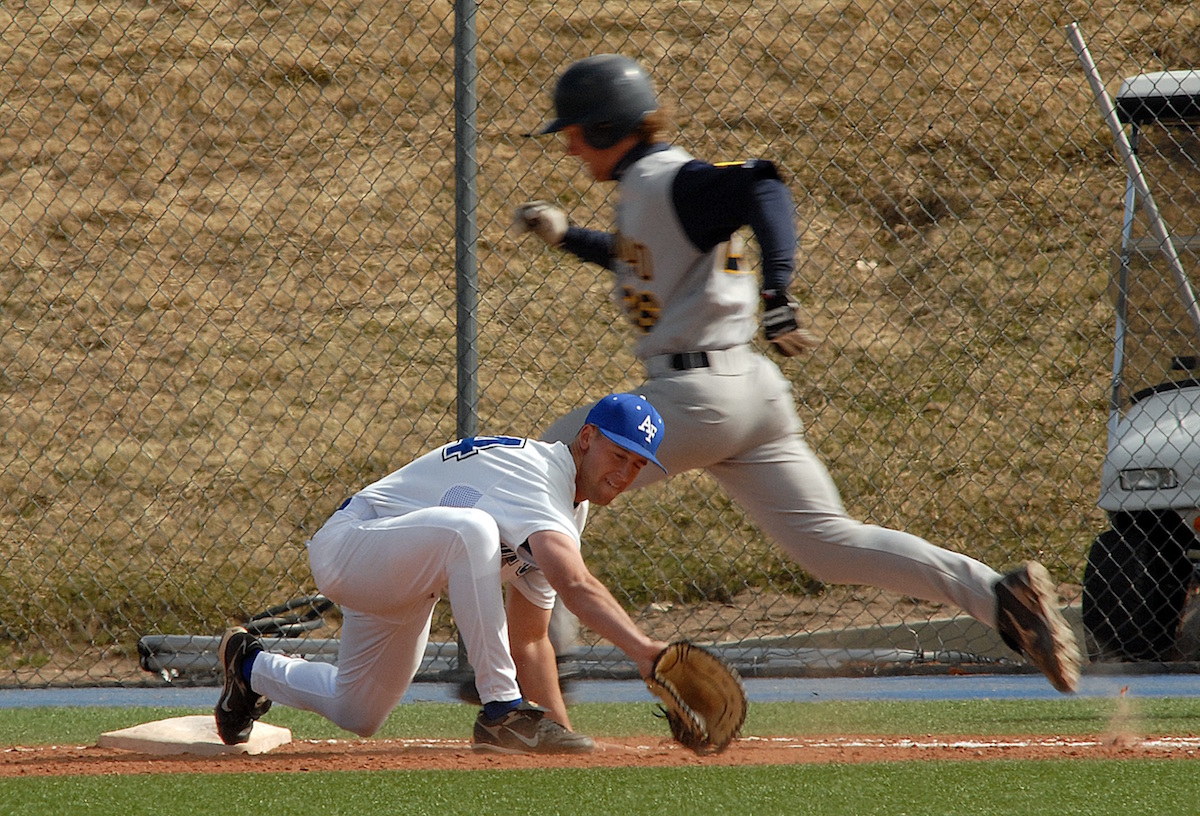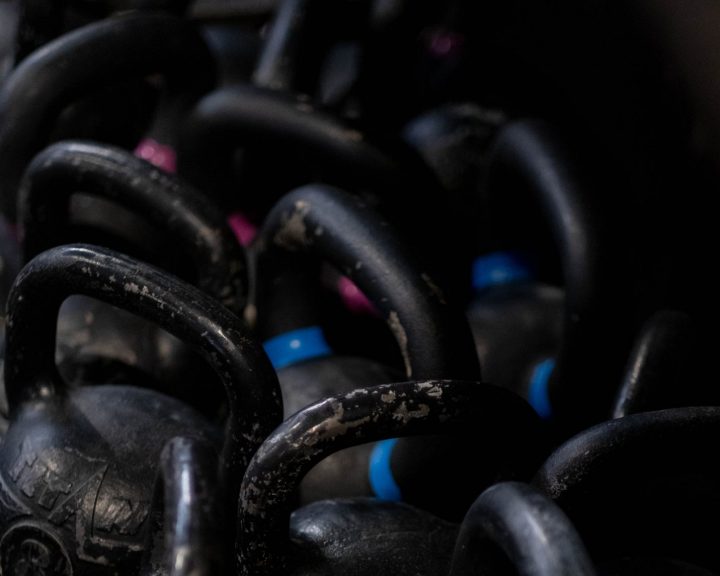There’s been a lot over the years about speed and agility tools. Along with the internet has been a proliferation of specialized sports training facilities, experts, translated Soviet-era material, and equipment companies. All of this can leave a coach extremely confused about how to approach speed and agility. This post is going to be controversial in that I’m going to make some recommendations of do’s and do not’s for a coach with regards to speed and agility.
First, let me qualify my post. I work with baseball and basketball athletes. That means I work with 10-20 athletes at one time. When I work with track and field programs, I may have more than 50. A football strength and conditioning coach may have over 100. What this means is that the tools and strategies that are used in a 1:1 setting don’t apply well to these settings, it also means that resources are extremely scarce. In a team setting, outside of the pro’s, there isn’t money for a lot of equipment or technology. So, this post is taking that into account – a lot of the expensive tools are fun and would be neat, but they aren’t practical in the setting that most coaches operate in.
With that in mind, here are my suggestions for speed and agility training in a team situation:
- You need a strength base. Speed and agility are all about exerting force against the ground. That means that athletes need to have strong legs to have the potential to be able to exert more force against the ground. Don’t neglect squats, hip extension exercises, and lunges/step-ups/split squats.
- Technique drills are great warm-up exercises, but not a substitute for speed and agility training. Technique drills, despite the name, don’t really resemble real speed and agility movements. But, they are great for conditioning the muscles in a manner similar to how they are used and for warming up the athlete. However, if you want to get better at sprinting then you have to practice running fast, frequently. There is no substitute for this!
- Sometimes we overanalyze technique. This is something that makes coaches look very smart, but it can be a red herring. There are ideal techniques for every exercise and skill out there. The problem is that most of our athletes’ bodies don’t fit those ideal techniques, so we may end up spending so much time trying to fit a square peg in a round hole that we miss valuable training and development time. Sometimes we need to let go of the “ideal” and compromise because our artificial movement patterns can interfere with the athlete’s potential.
- Use drills to teach critical concepts. Once the concept is learned, drop the
drill. This is especially true with agility work. There is not an agility drill that adequately resembles what an athlete experiences in a game, so long-term focus on specific drills makes the athlete better at those drills but they may not be able to apply the concept to the playing field. If that’s the case then we did them a huge disservice. Teach your concept, drop the drill, and then coach the athlete on the concept whenever it comes up again!
- At some point you have to integrate the ball, situations, and opponents. Sports are random, chaotic, subject to weather and playing surfaces, and carefully choreographed drills cannot prepare athletes to be successful in those circumstances. At some point, a coach has to integrate real-world situations into the training and use that as an opportunity to reinforce what you have been teaching to that point.
- Don’t underestimate small-sided games. Small-sided games involve a small number of players, a smaller playing area, and are done for time. For example, we may play basketball half-court with two players on two players. It is very fast-paced, intense, and requires the players to integrate everything they have been developing to this point. While it is not appropriate for every sport, there are some that lend themselves to it. This is a great way to integrate speed training, agility, and conditioning during the in-season.



